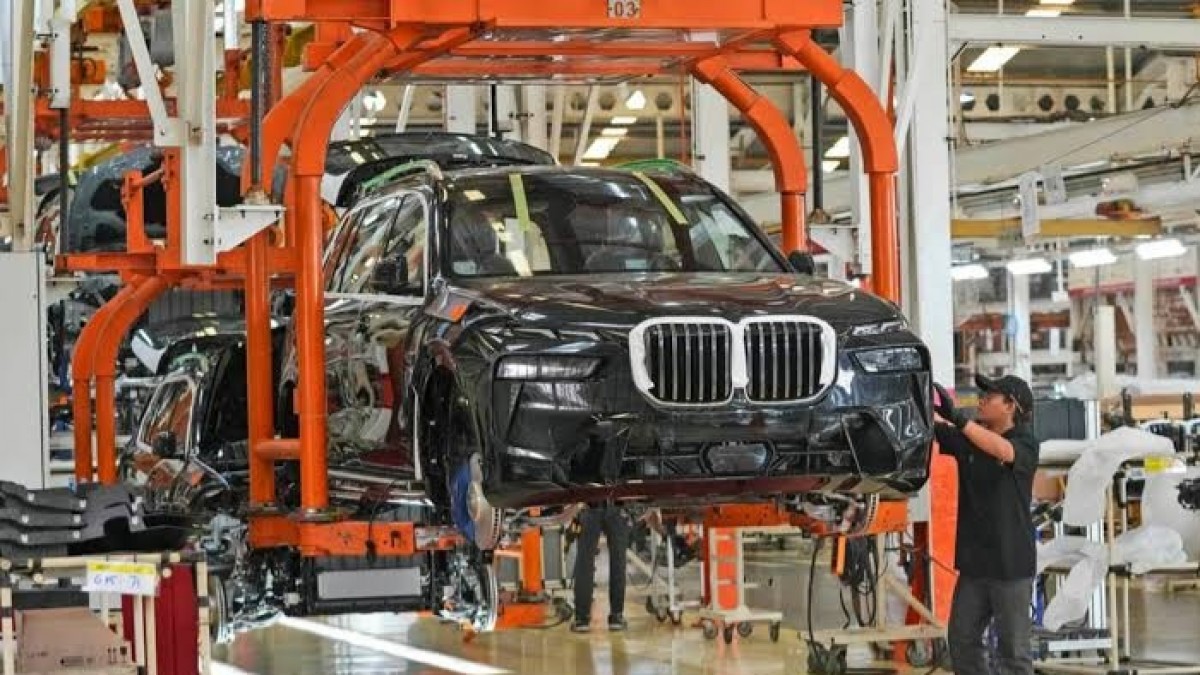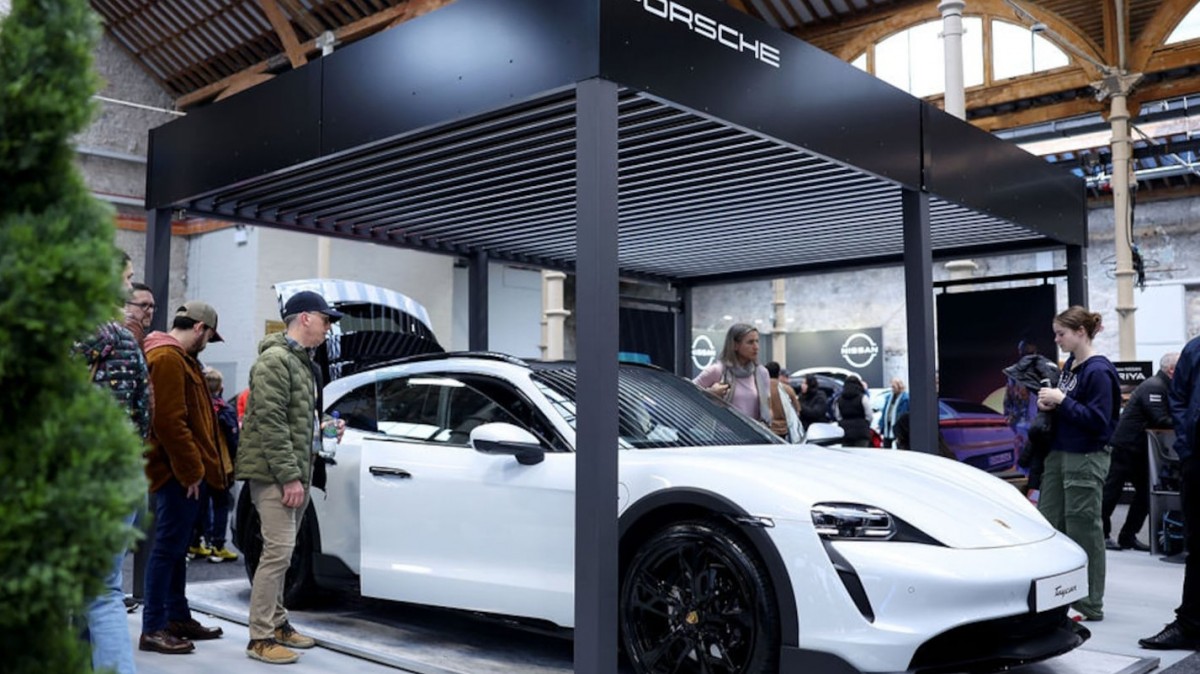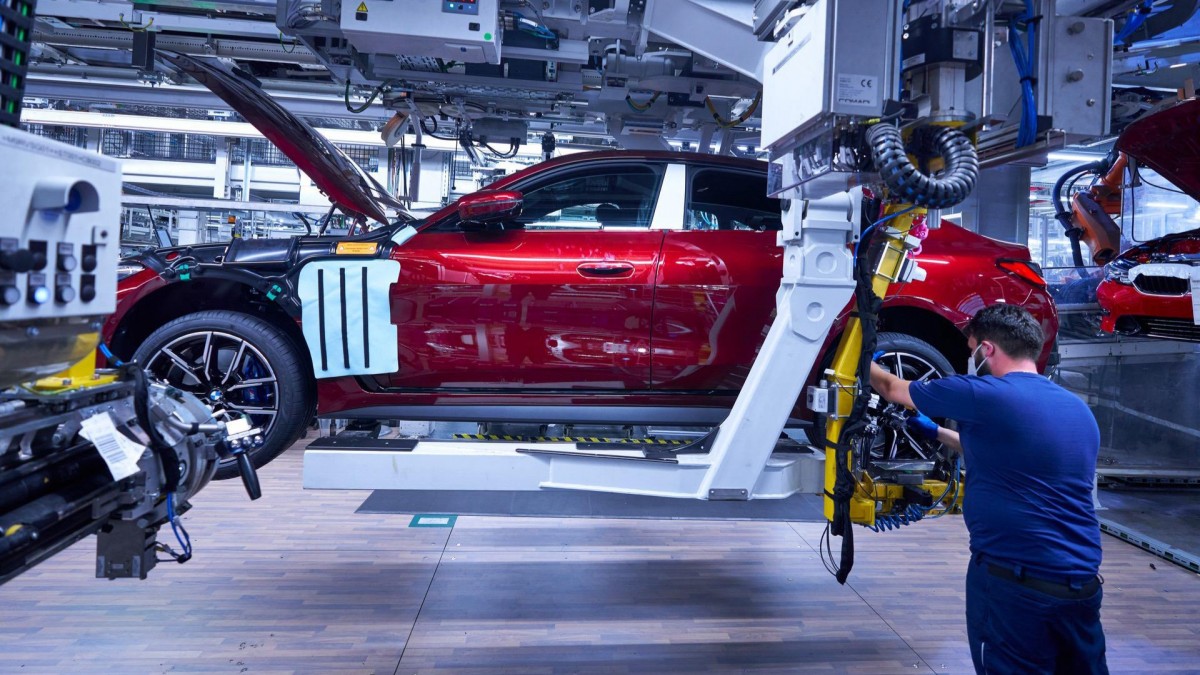US finalizes 15% tariff on European cars, offering relief but no return to normal
After a long period of uncertainty that kept the global auto industry on edge, the US government has formally implemented a new trade agreement with the European Union. The deal sets the tariff rate for imported European cars and auto parts at 15 percent. The new rate, confirmed in a Federal Register notice on September 24, was officially backdated to begin on August 1, bringing a dose of clarity to a situation that has been anything but clear.
The news sent a ripple of relief through the European automotive sector. On the stock market, shares for Volkswagen, Porsche, and Mercedes-Benz saw a decent uptick following the announcement. For companies that rely heavily on the American market, any form of predictability is welcome.

In a statement, Mercedes-Benz acknowledged the agreement as a positive step but urged politicians on both sides of the Atlantic to continue working toward an even better deal. The sentiment was echoed by Germany’s VDA car industry association, whose president, Hildegard Mueller, called the move an “important step” while cautioning that the new tariff still represents a “tangible challenge” for German car exporters.
The US reduction to 15 percent was the result of a tit-for-tat negotiation. It was contingent on the European Union first introducing legislation to lower its own tariffs on certain American industrial and agricultural products. The EU held up its end of the bargain on August 28, which cleared the way for the Trump administration to finalize and implement the new, lower rate for automobiles.

To understand why a 15 percent tariff is being met with cautious optimism, it’s important to look at the recent past. Before the recent trade disputes, the standard US tariff on cars imported from the EU was a relatively painless 2.5 percent (though SUVs faced a much steeper 25 percent tariff). The Trump administration began threatening a massive tariff hike to 25 percent on all EU auto imports, a move that sent shockwaves through the industry.
The subsequent period was marked by a whirlwind of negotiations, threats, and confusion, with the 25 percent rate looming over every business decision. Seen in that light, the new 15 percent rate is a big de-escalation from the worst-case scenario.

The deal applies to all vehicles, but its effects are especially significant for the rapidly expanding market for electric cars. Many of the most sought-after EVs in the American market are built in Europe. Models from brands like Porsche, Audi, Volkswagen, and Mercedes-Benz will all be subject to this 15 percent charge.
A tariff, at its core, is a tax on imported goods, and that cost is passed directly to the consumer. For example, a 15 percent tariff on a $90,000 European electric SUV adds $13,500 to its import cost before it ever reaches the dealership, making it harder to compete on price with American-built EVs.

The formalization of the 15 percent tariff closes one chapter, but the story of global auto trade is far from over. As experts from the Center for Strategic and International Studies point out, tariffs are only one part of the equation. Broader trade tensions, political factors, and other non-tariff barriers continue to shape the industry.
Automakers now have a number to work with, which is better than the looming threat of an unknown, higher figure. The cost of bringing a European car, including many popular electric models, to an American showroom is now six times higher than it was just a few years ago, but this figure excludes light trucks and SUVs, which now, surprisingly, will be a little bit cheaper.





Facebook
Twitter
Instagram
RSS
Settings
Log in I forgot my password Sign up